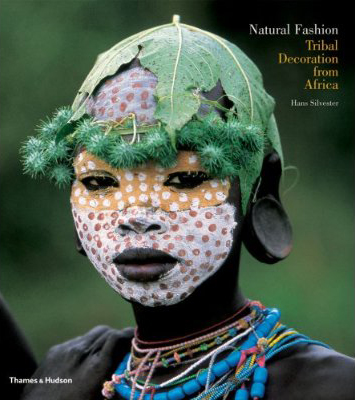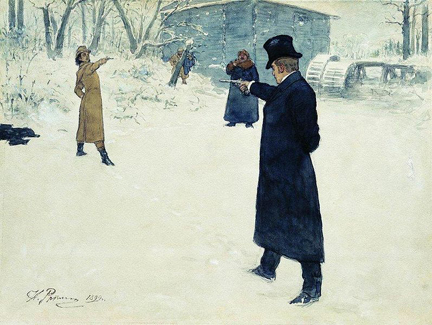
Many of you wrote to thank me last summer when I posted a video (see below) of Hans Silvester's stunning photographs of the painted people of the Surma and Mursi tribes in Southern Ethiopia. The images are a magical portal to childhood fantasy and play, to a lost world of unfettered, unfiltered imagination and creativity. I found it hard to believe that there weren't stylists and make-up artists off camera staging this fantasy fashion show -- beautiful brown faces and bodies vibrantly painted with abstract motifs in ochre, red, yellow, green and white, and adorned with colorful headdresses of flowers, leaves, pods, mud, fruit and feathers.
To take a closer look at Silvester's work, I ordered a copy of Thames & Hudson's 2009 paperback version of Natural Fashion: Tribal Decoration from Africa. The book contains 160 of Silvester's astonishing color photographs and is accompanied by an essay, "Art and the Body," also by Silvester.
According to Silvester:
"These body paintings are totally free, and yet they never repeat themselves, and there is no underlying system. Each one is extraordinarily fresh. The technique and skill of body decoration, with its infinite variations, is learned at a very early age, with mothers painting their babies. But it is adolescents who devote themselves most avidly to this activity. Some of them are immensely talented. They have a highly original sense of colour and form, whereas others can by clumsy and need to start all over again."

Silvester believes that the absence of mirrors, until very recently, may have contributed to the freedom of the tribes' creativity. There was no self reflection, only the approval (or disapproval) of others in the tribe.
Inevitably, the tribes are being discovered by the outside world and are becoming tourist attractions, intensifying and altering the practice of body painting. In one Mursi village, tourism already has a strong foothold. According to Silvester:
"Then the 4x4s arrive, at about 10 a.m., the natives are ready to welcome them, sporting their accessories and bodies painted for the occasion. This somewhat surreal show lasts until around midday, and then the tourists depart and 'performers' are paid in local currency... The money is immediately converted into alcohol or weapons, two flourishing trades. The whole business reeks of tragedy."
Tragedy indeed.
* * *
British artist David Hockney took a very public swipe at YBA Damien Hirst earlier this week. According to this article in the Independent, posters for Hockney's upcoming show at the Royal Academy of Arts in London read "All the works here were made by the artist himself, personally." Hockney confirmed on Radio Times that the dig was directed at Hirst saying "It's a little insulting to craftsmen, skilful craftsmen."
 (At right: Ilya Repin (1844-1930), Eugene Onegin and Vladimir Lensky's duel. Illustration. Watercolours, white lead, and Indian ink on paper. All-Russian A.S. Pushkin Museum, St. Petersburg.)
(At right: Ilya Repin (1844-1930), Eugene Onegin and Vladimir Lensky's duel. Illustration. Watercolours, white lead, and Indian ink on paper. All-Russian A.S. Pushkin Museum, St. Petersburg.)
Starting next week, Hirst has an exhibition of his "spot" paintings opening at 11 Gagosian Galleries worldwide, most of which were made by assistants. Hirst was unavailable for comment.
